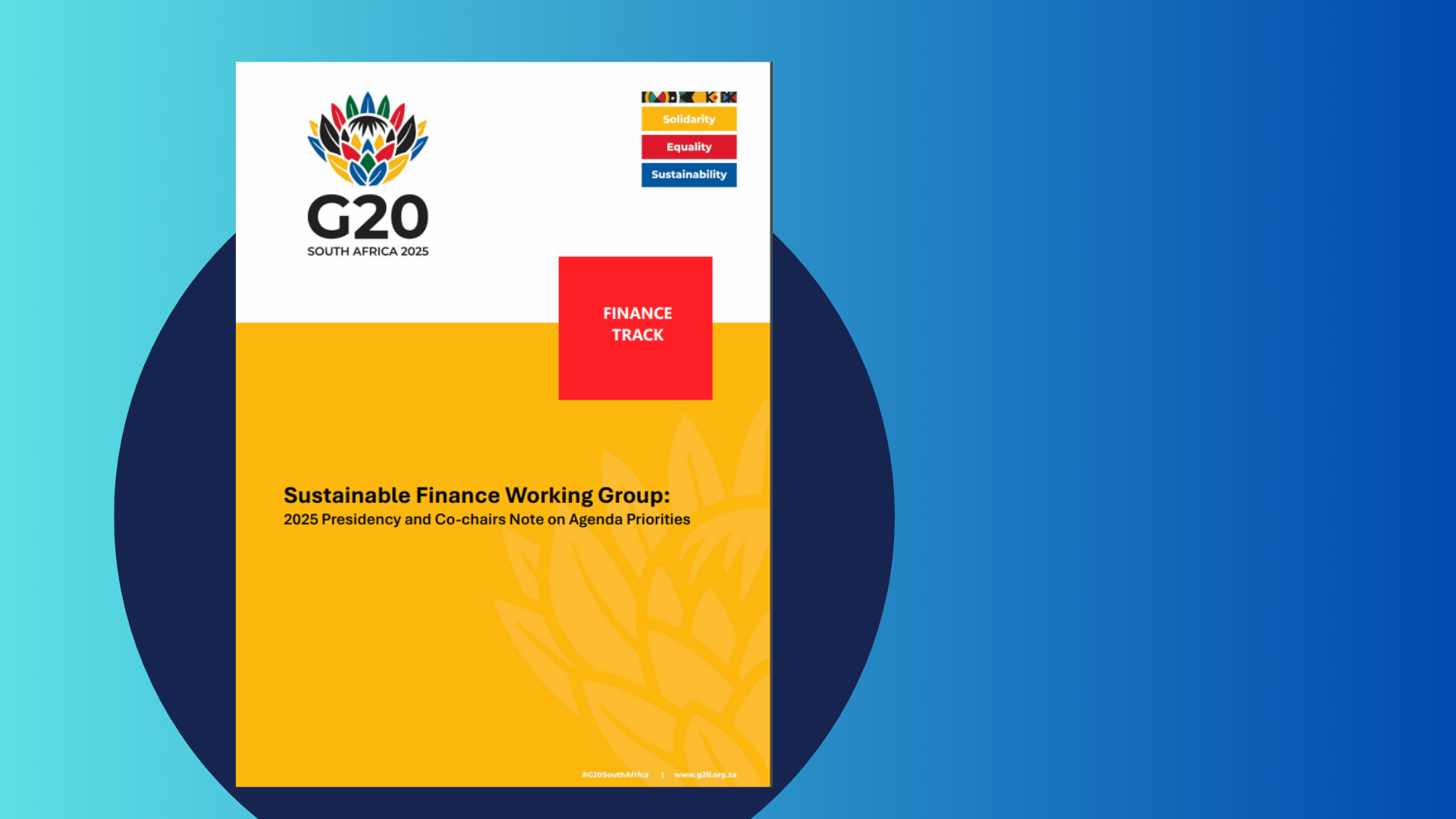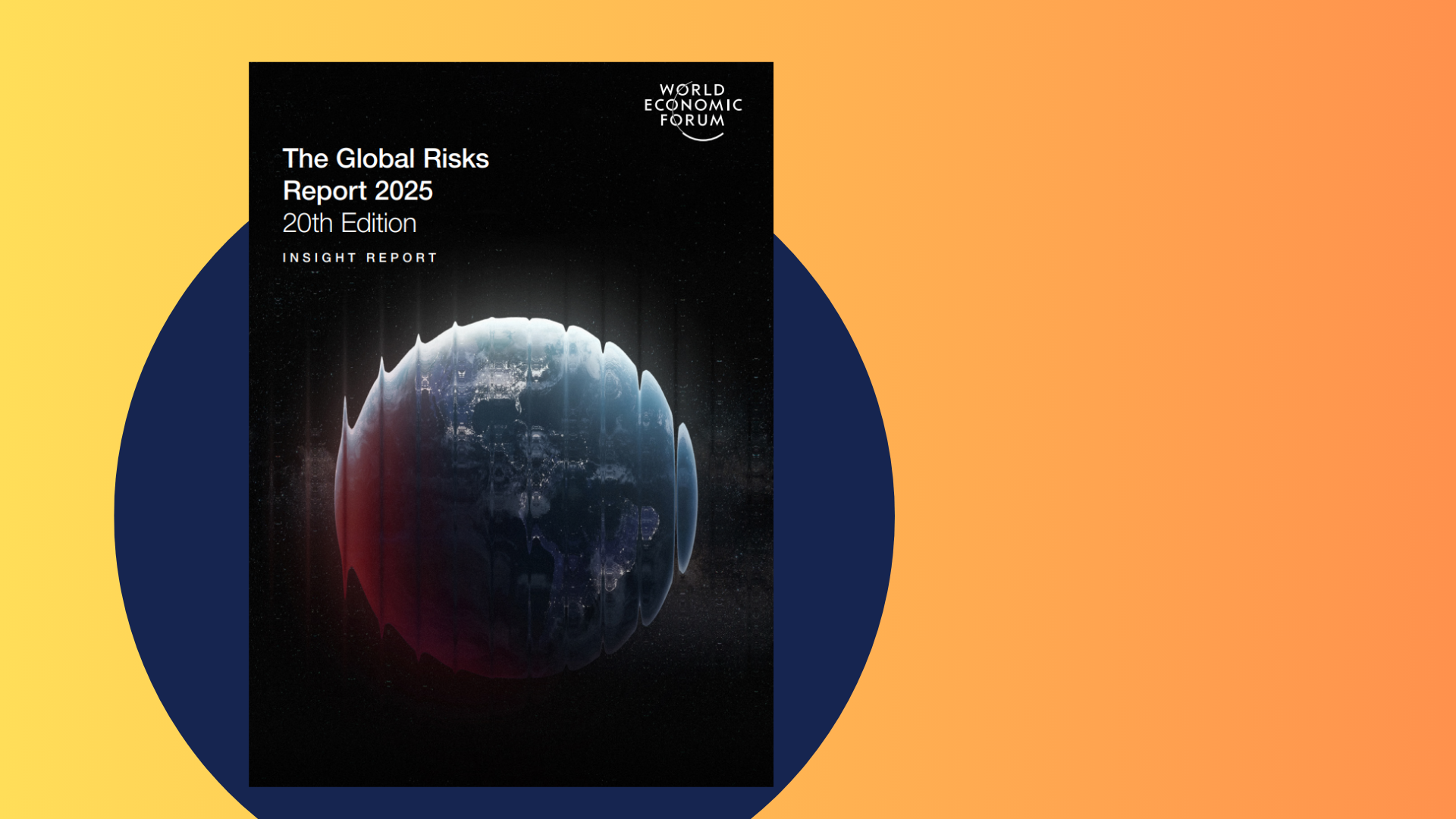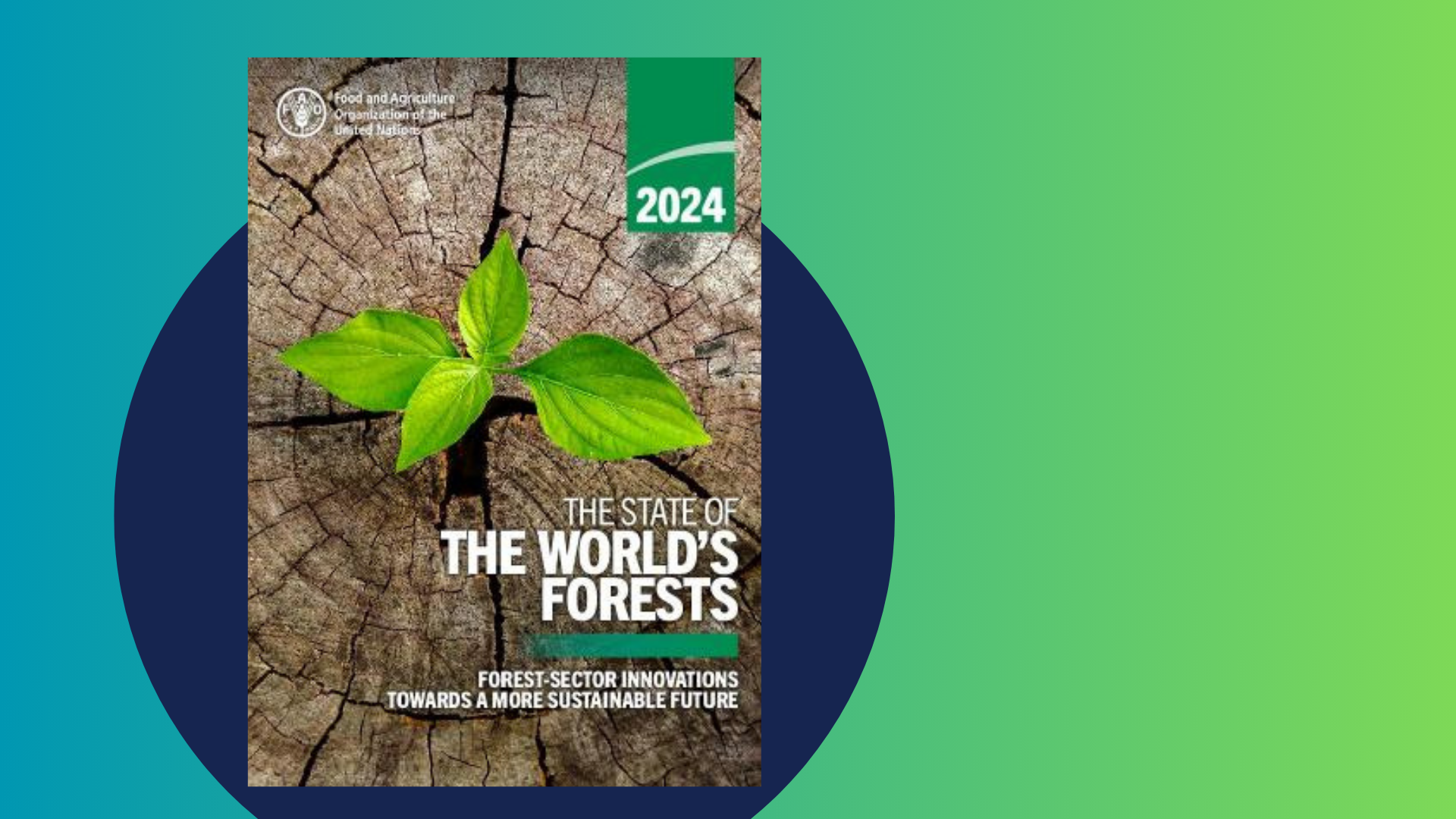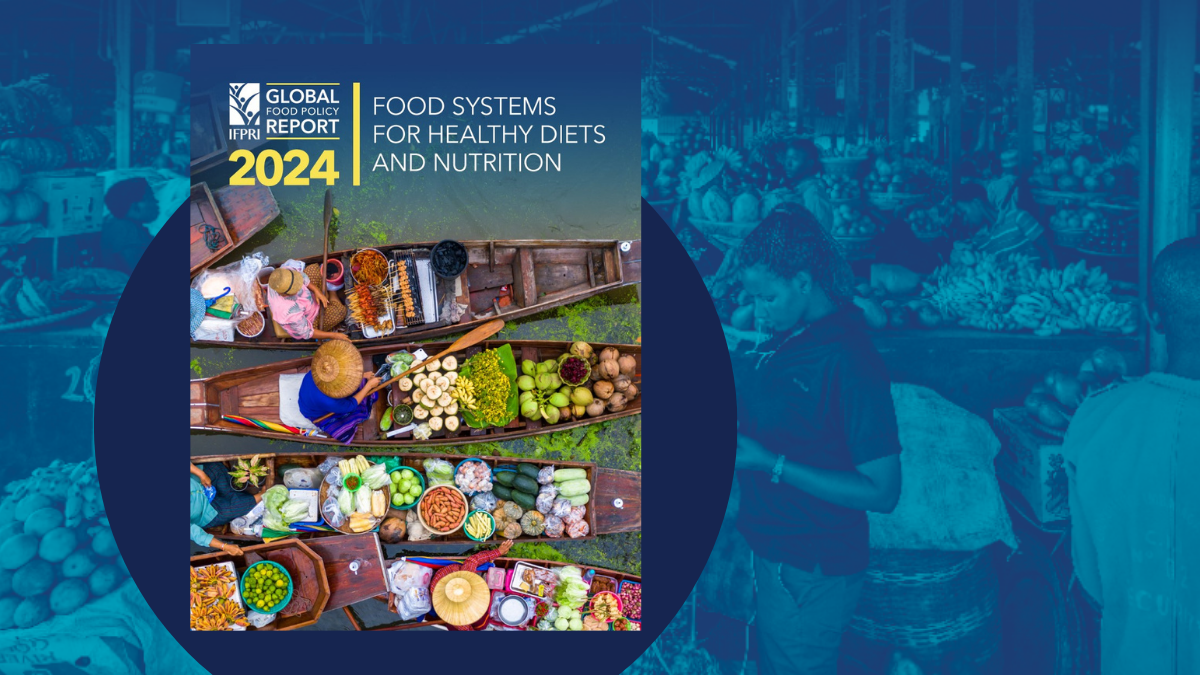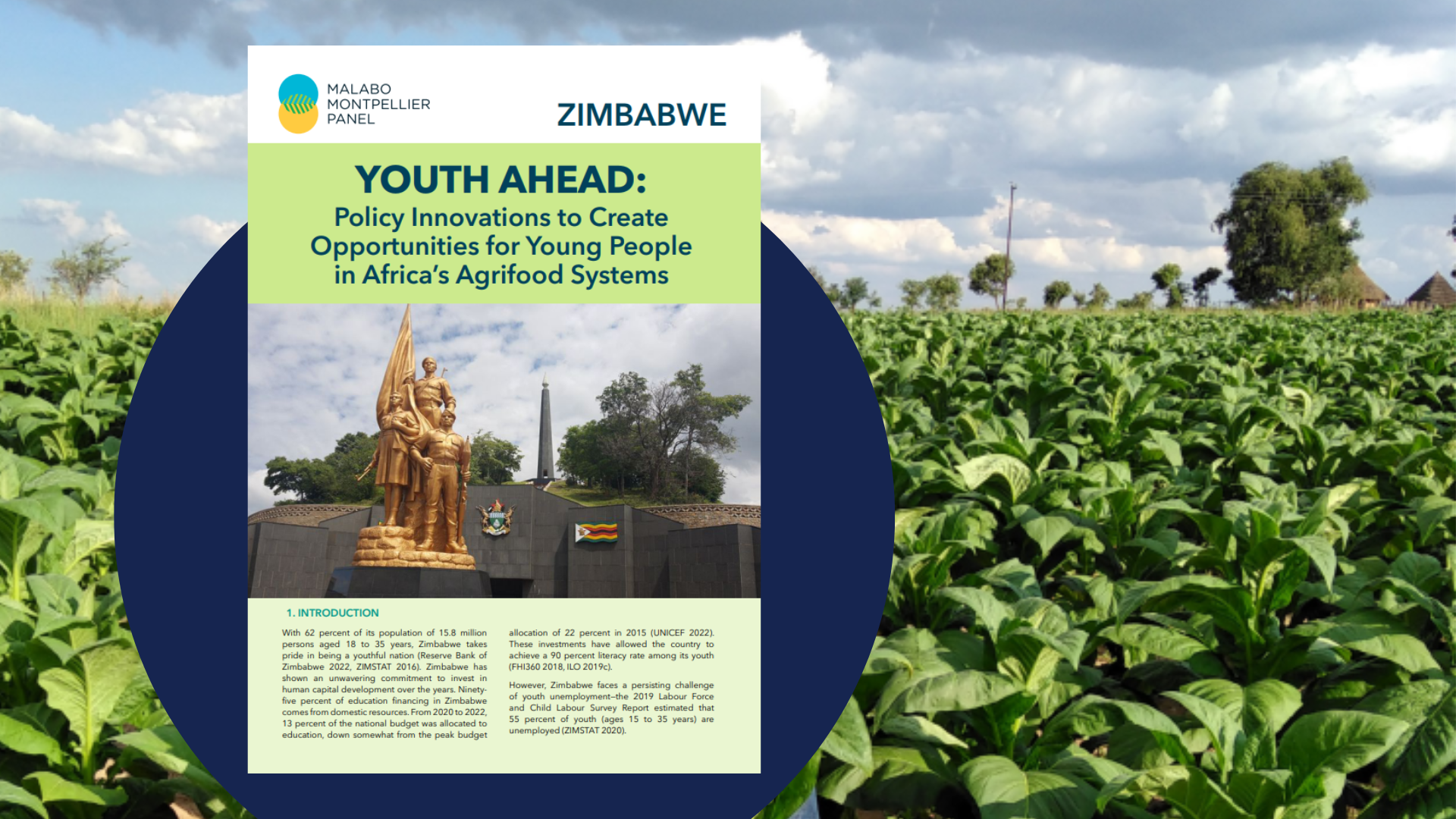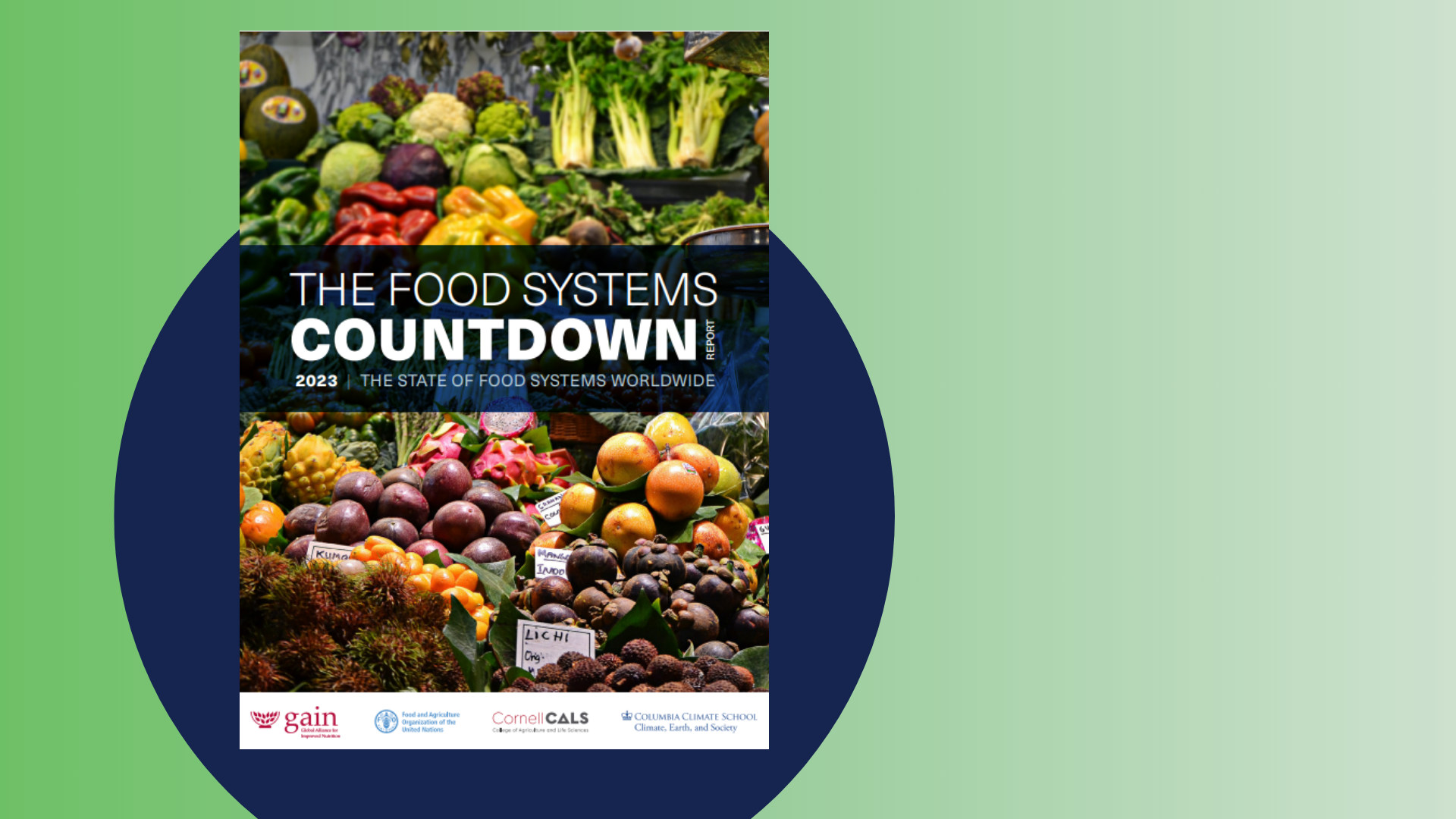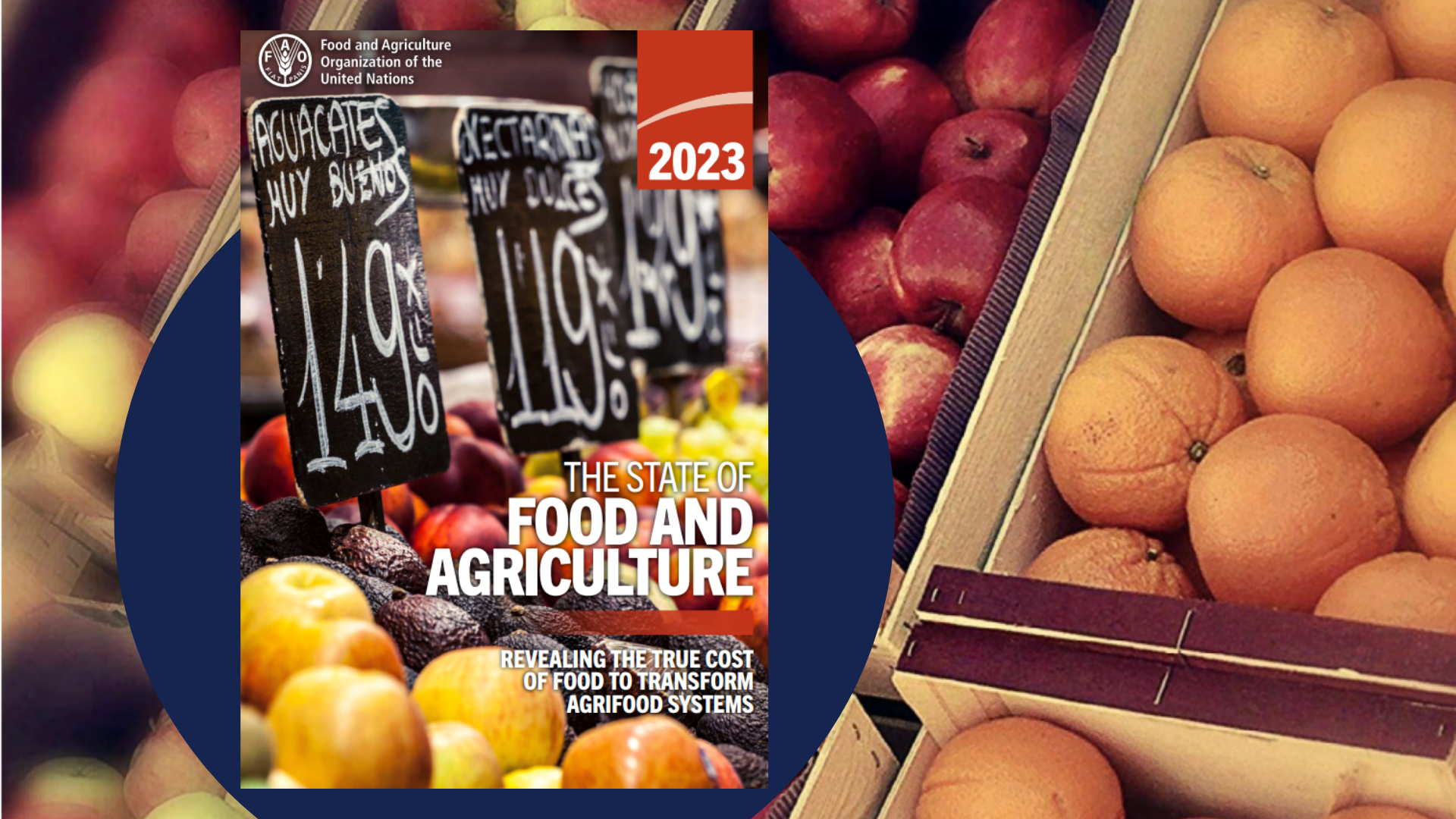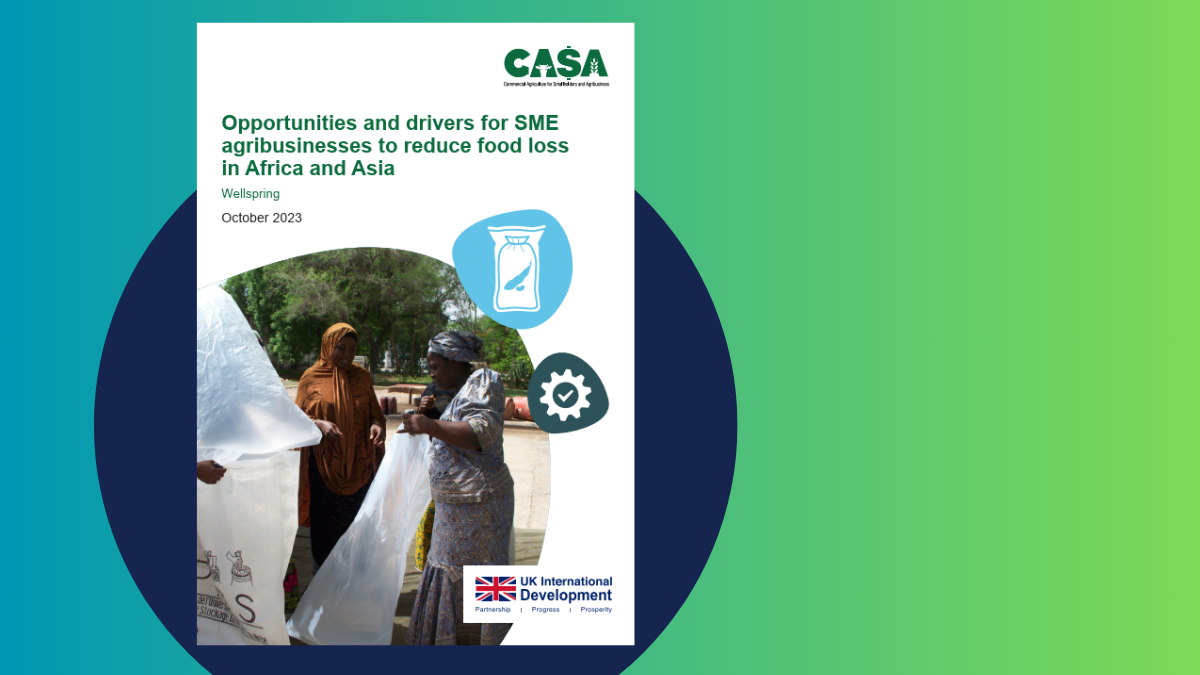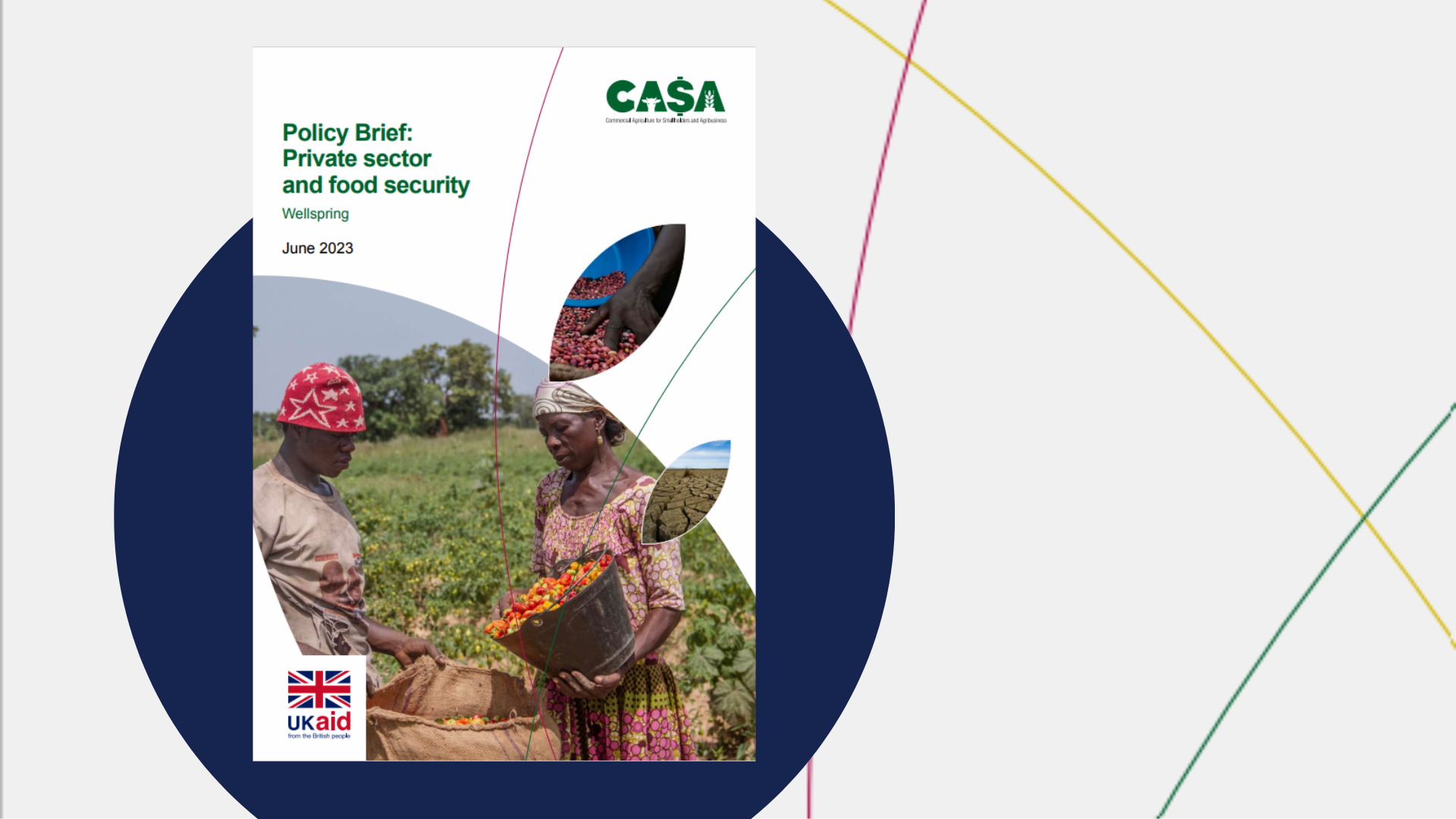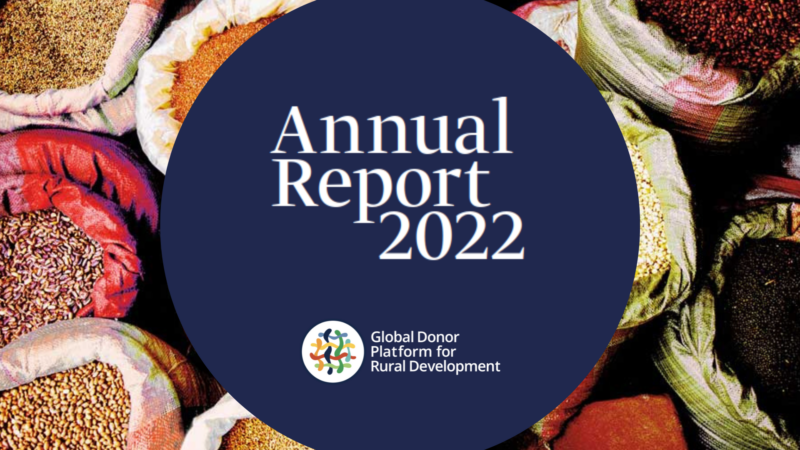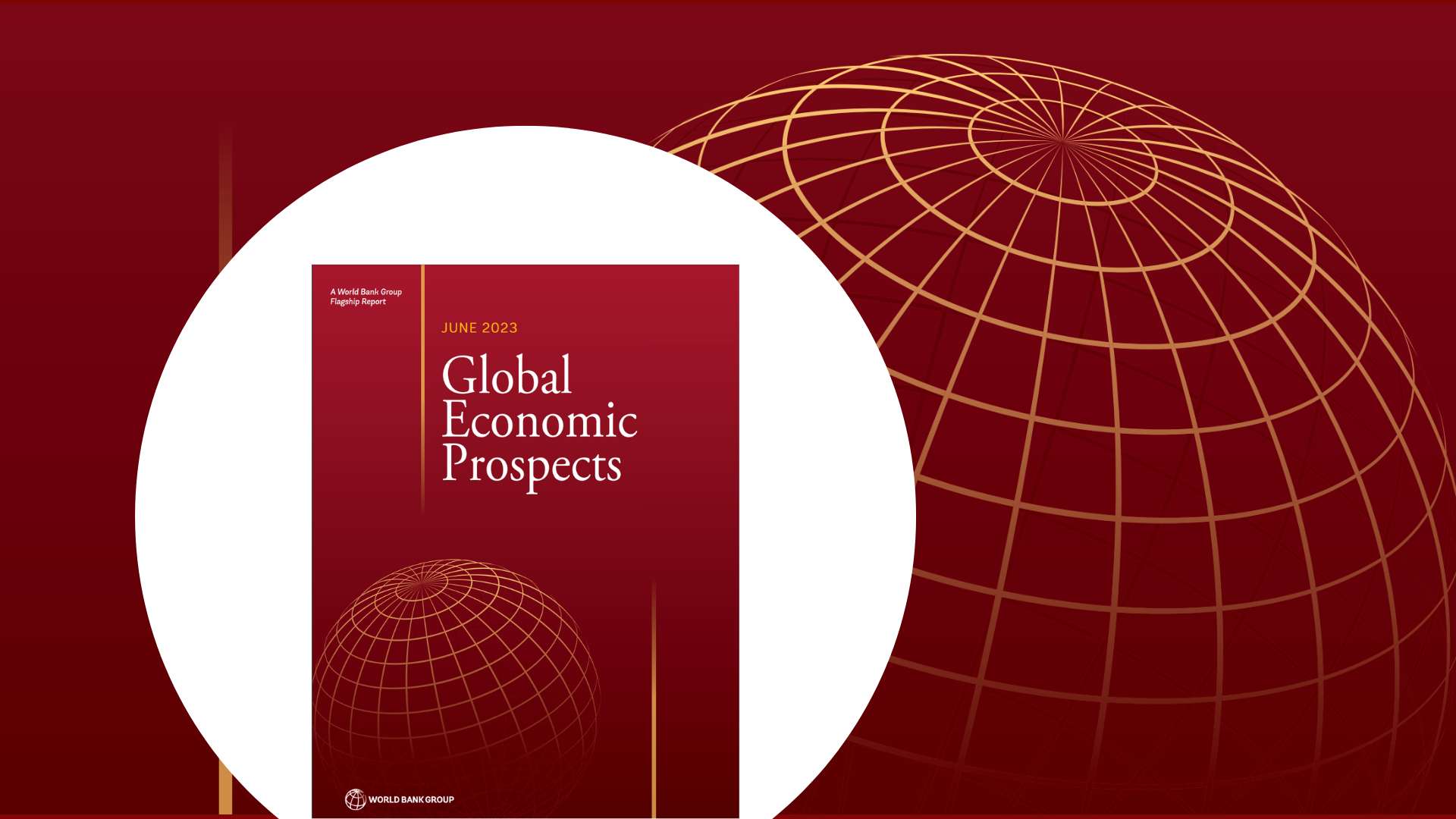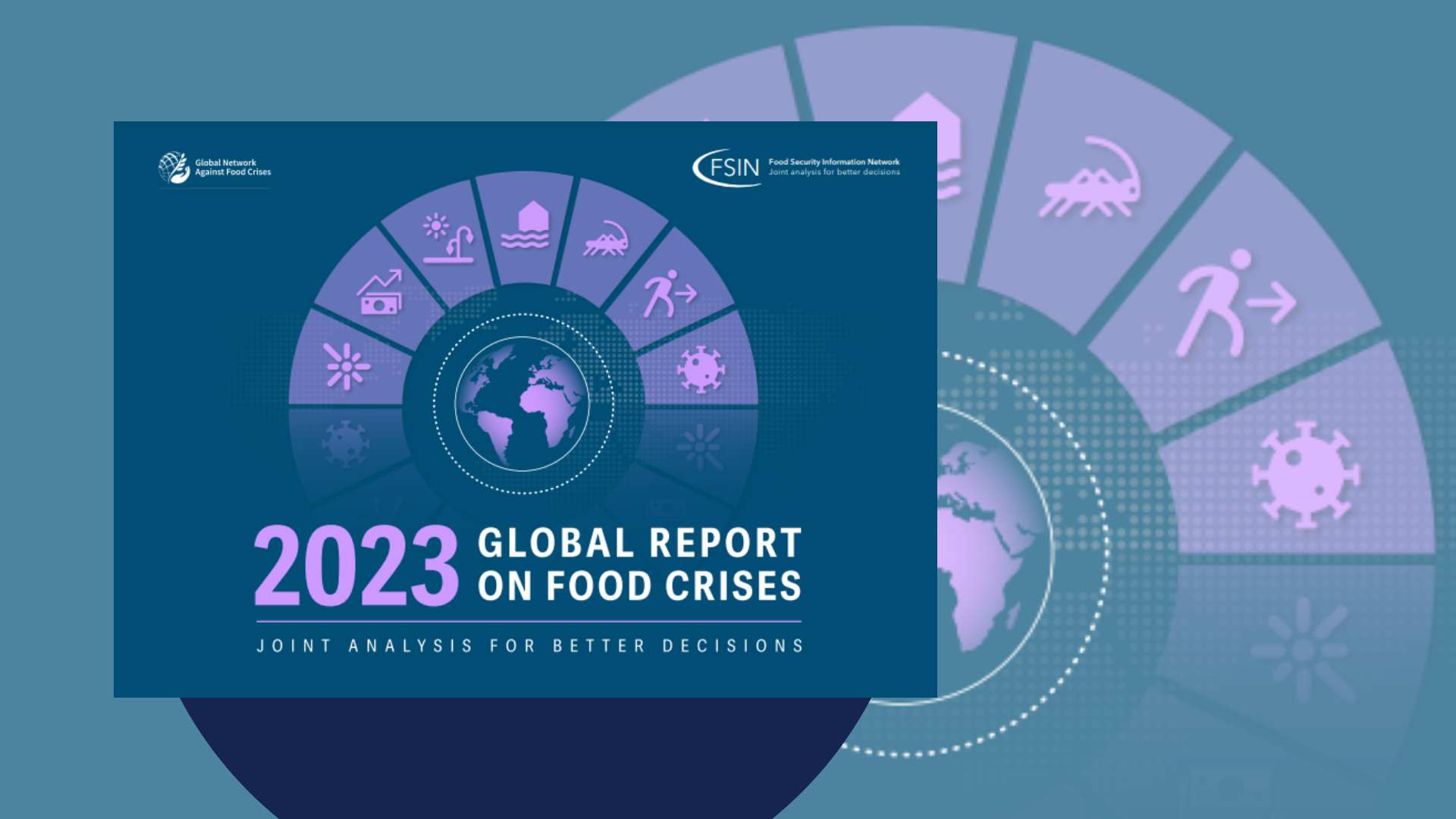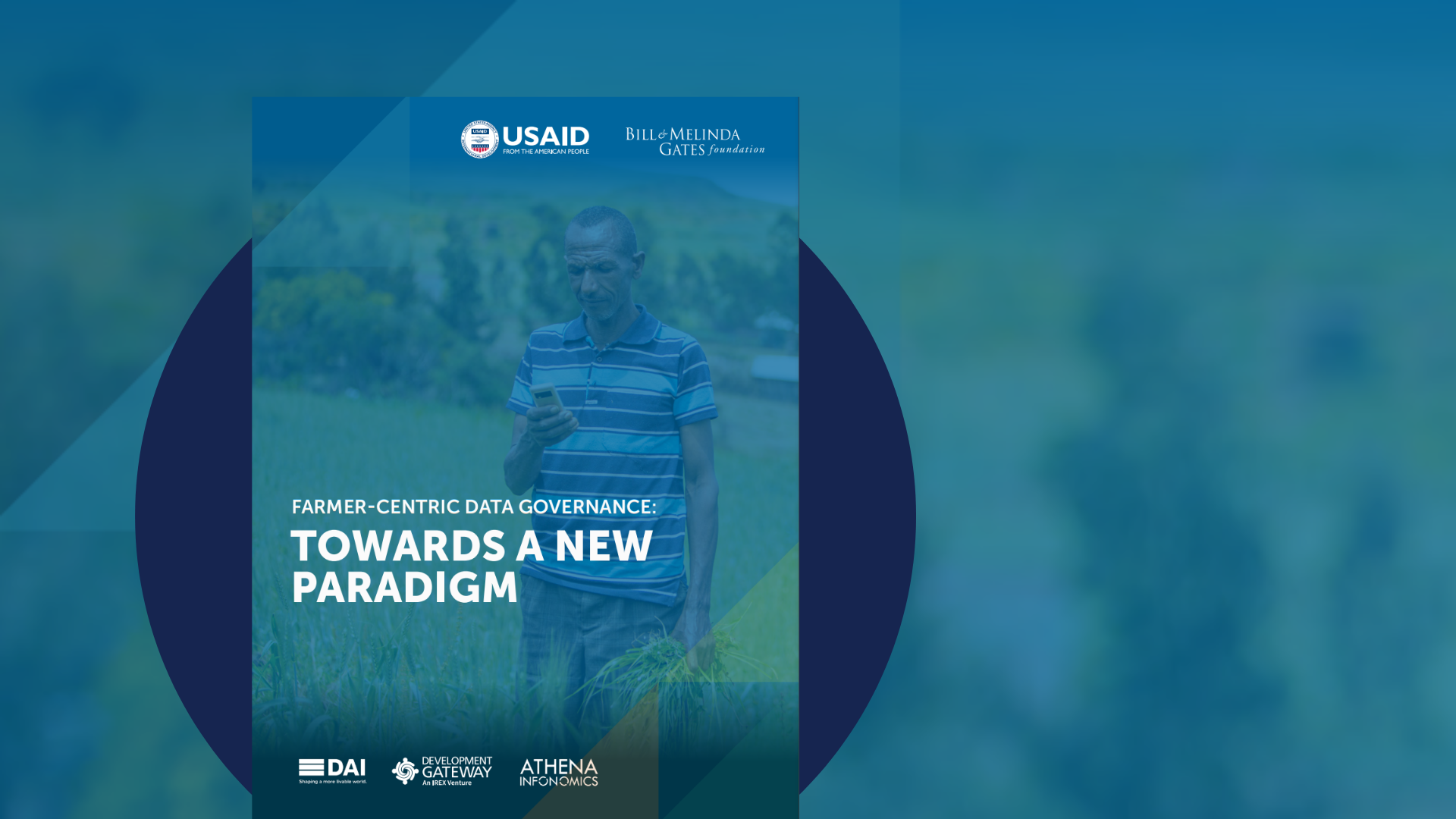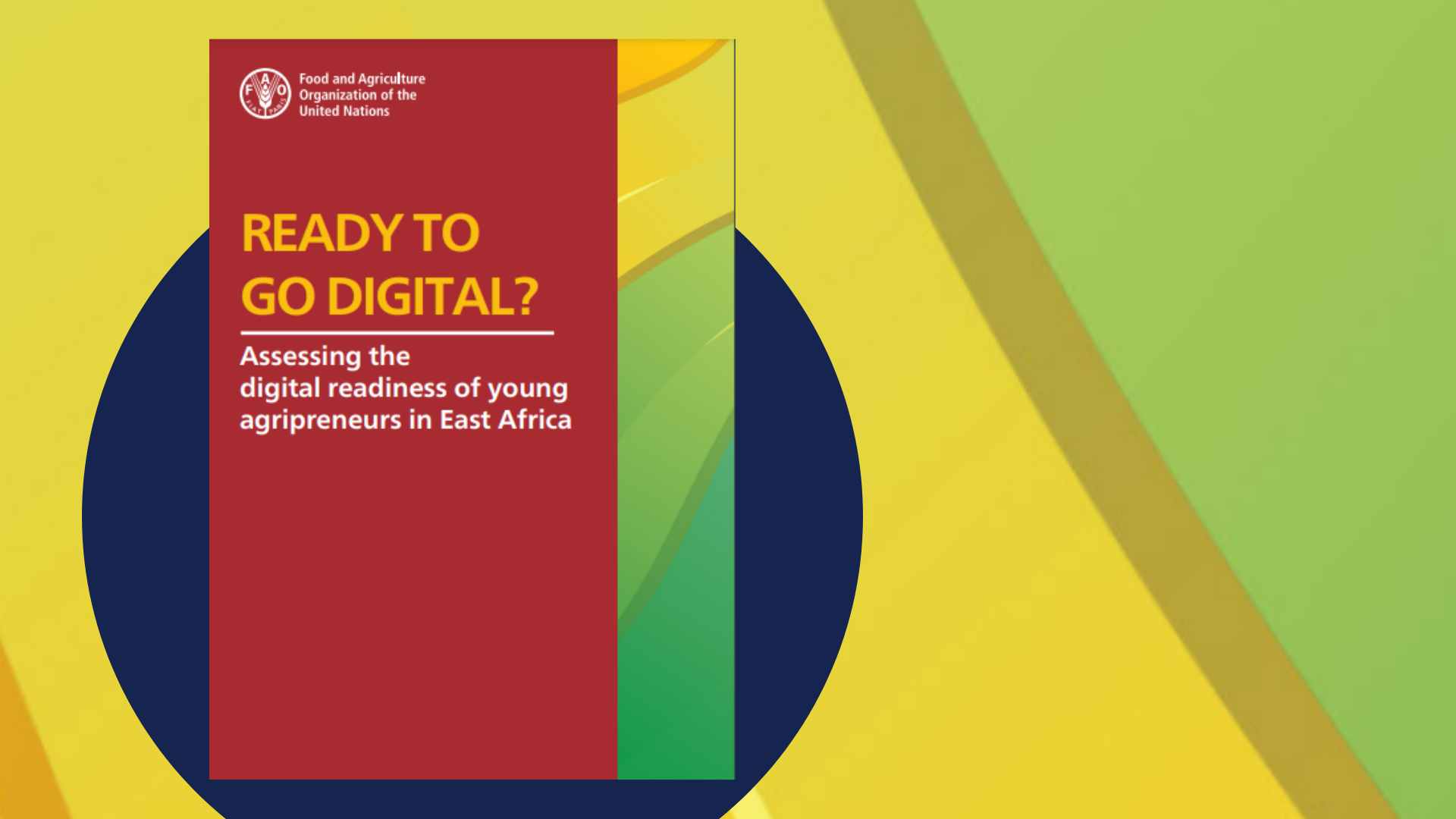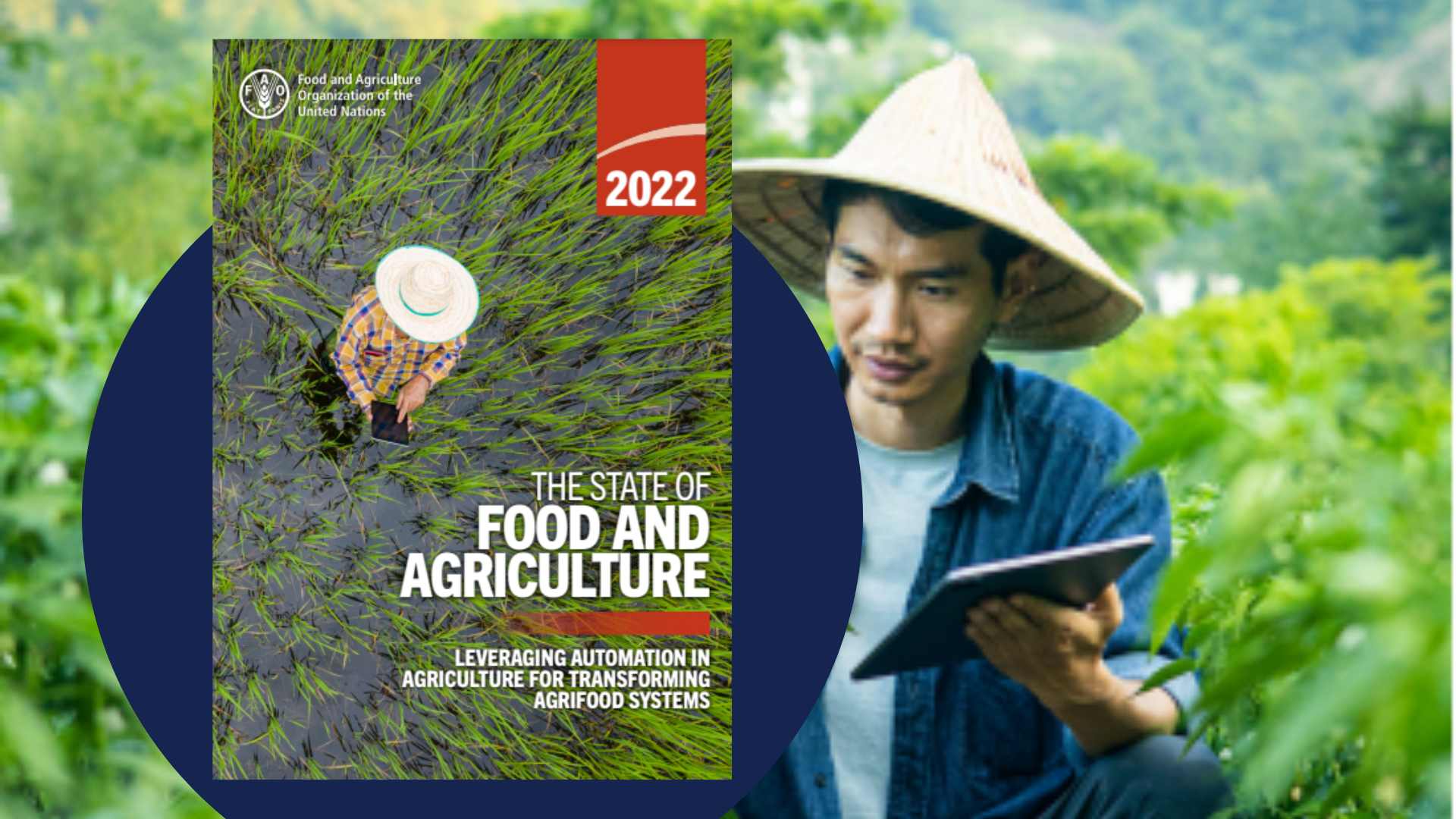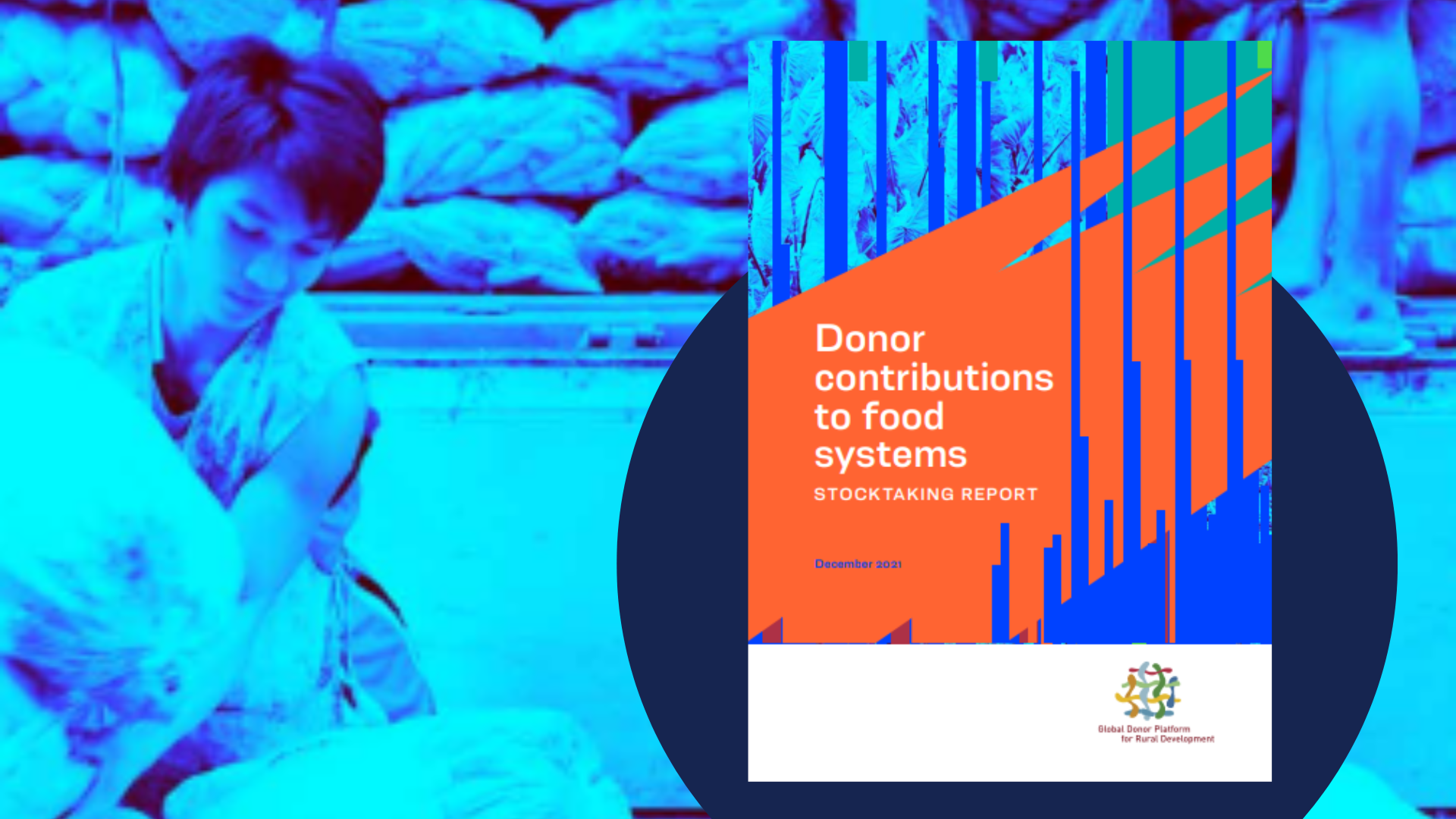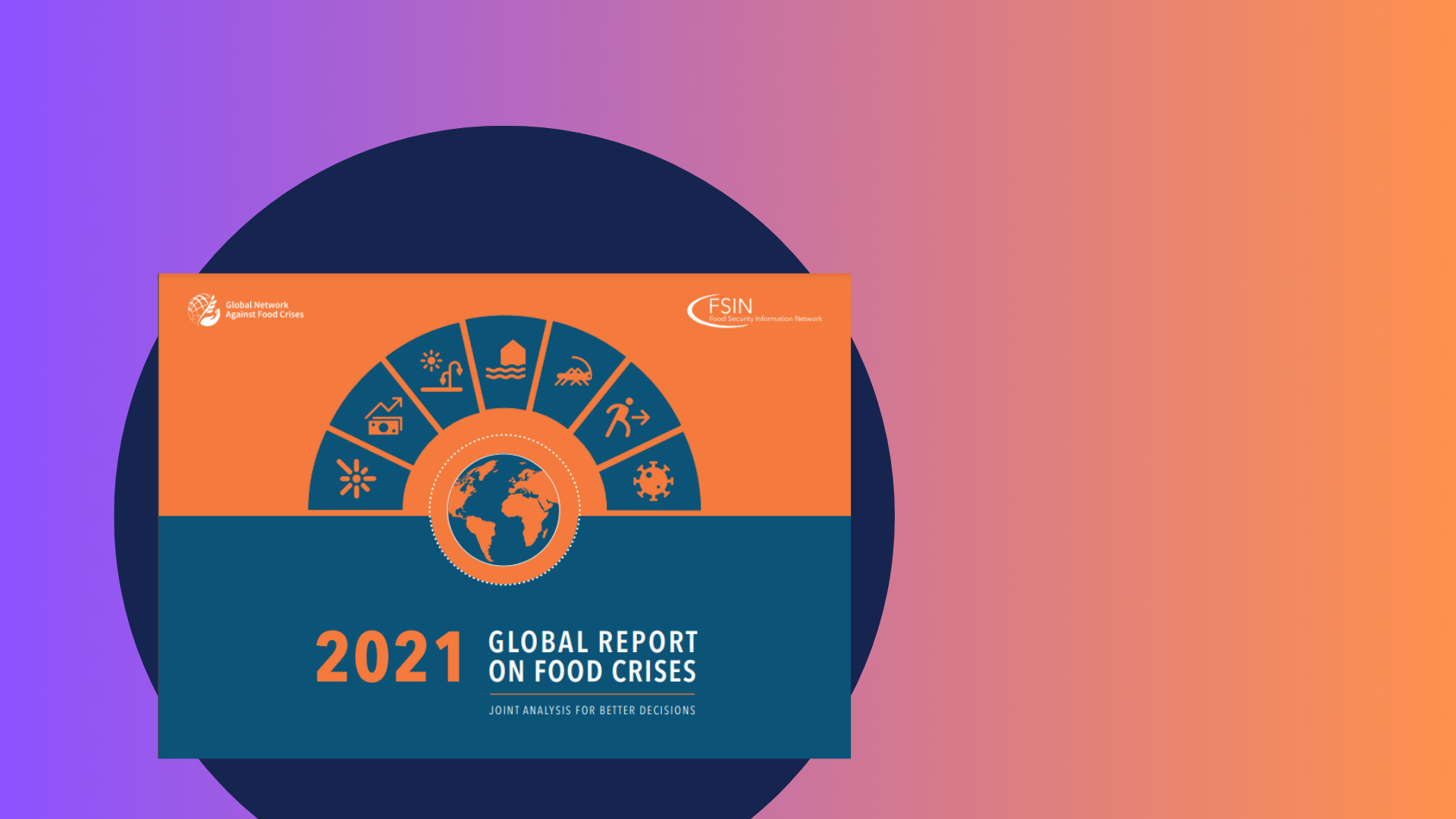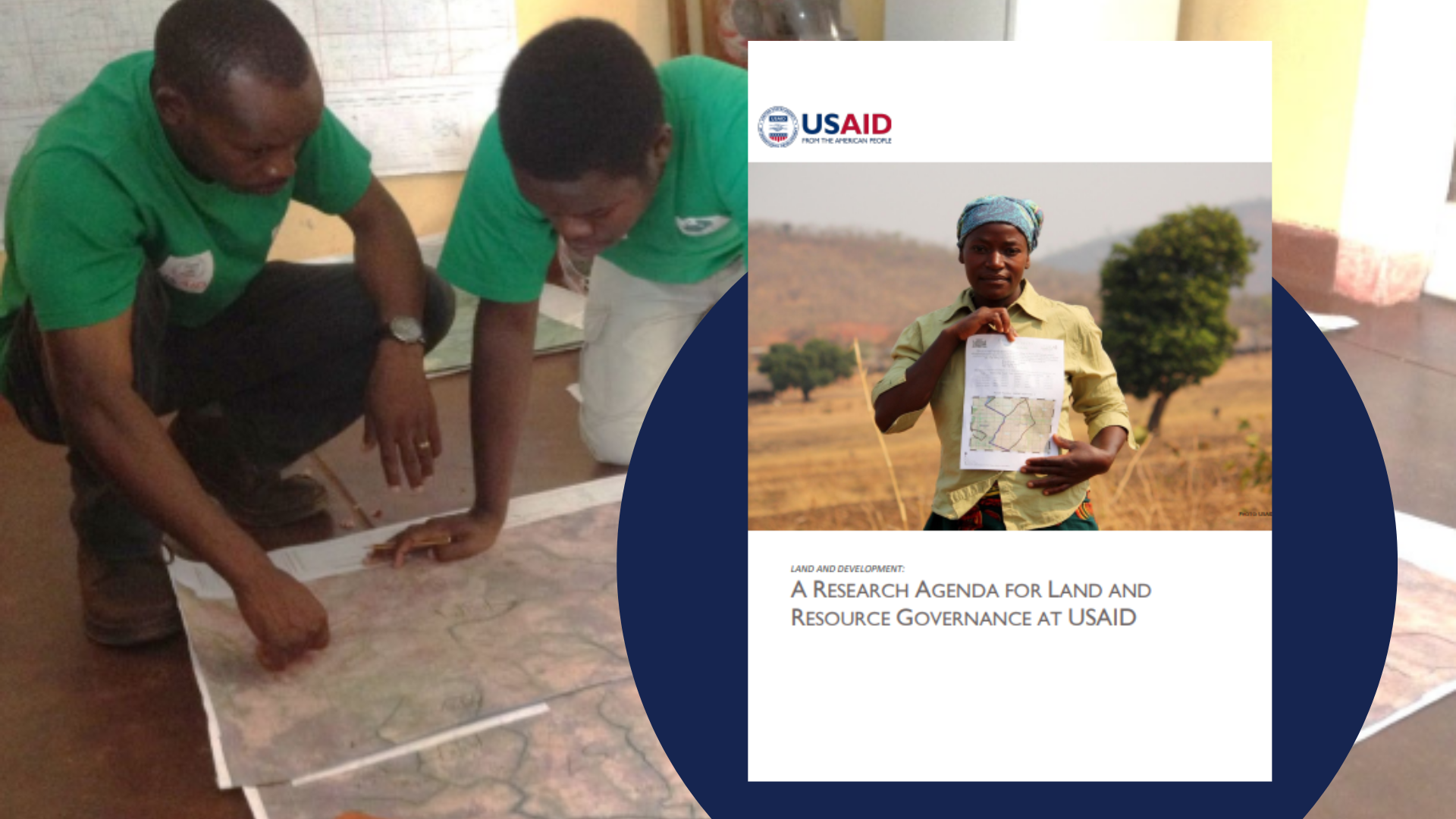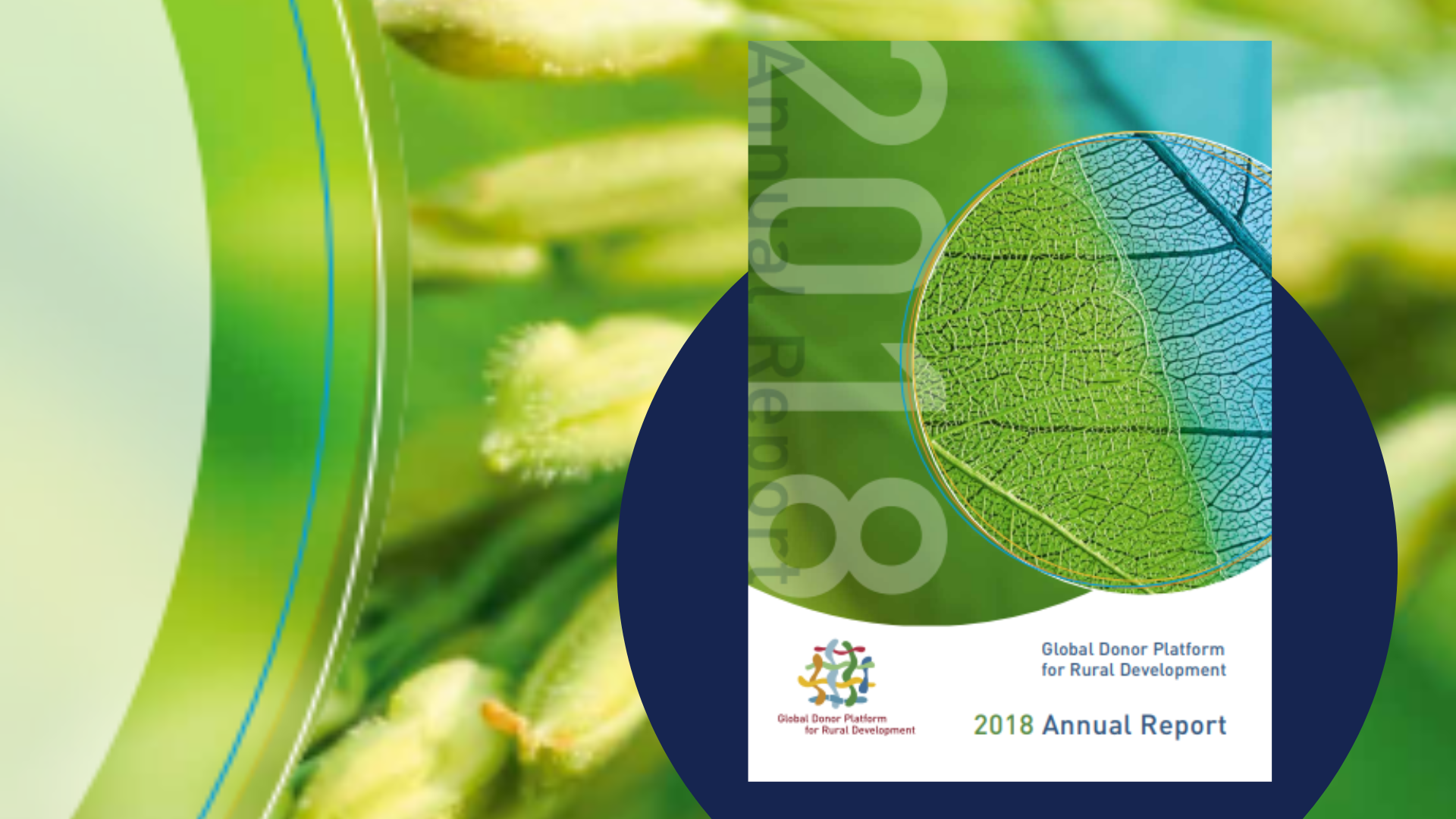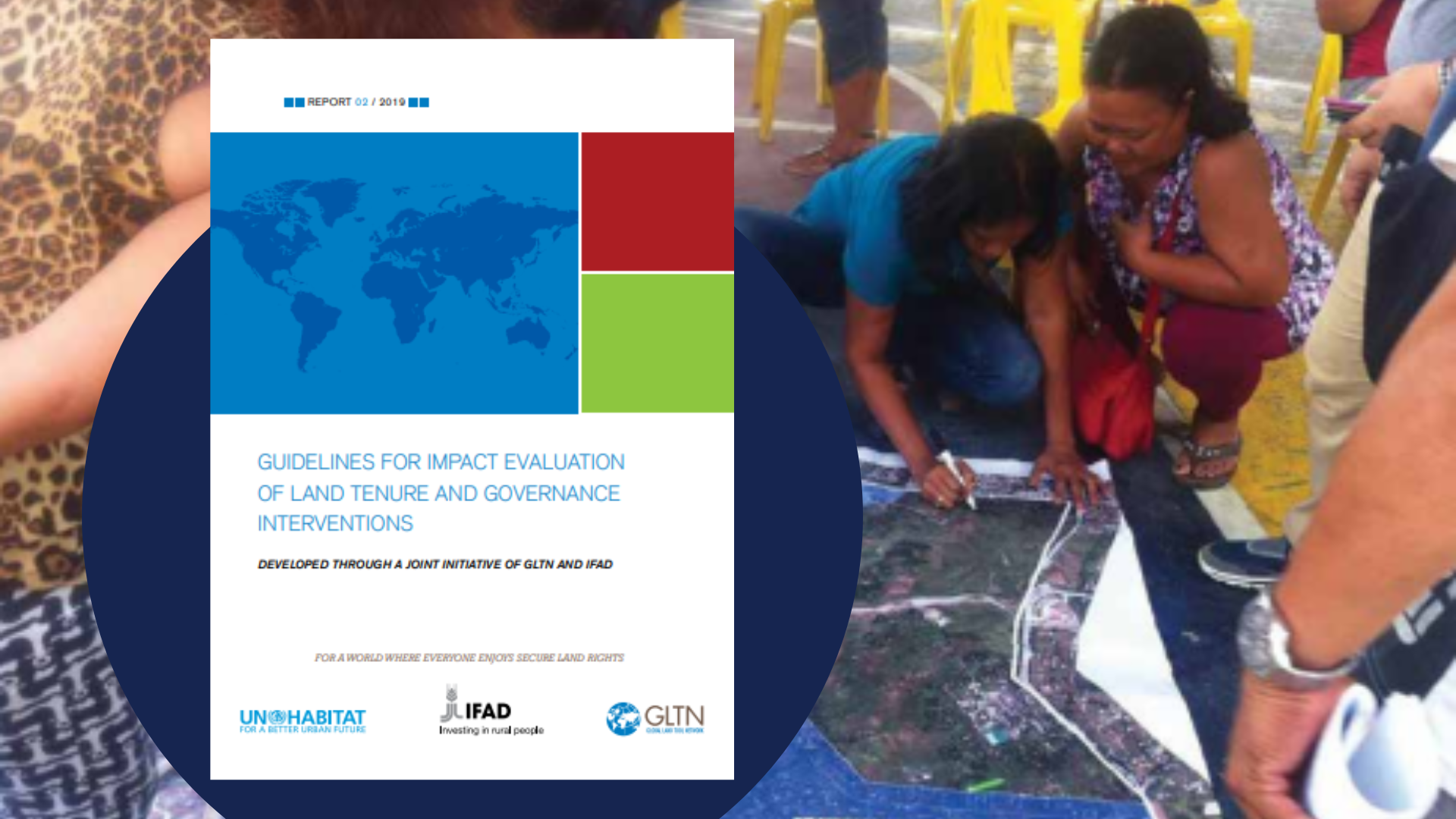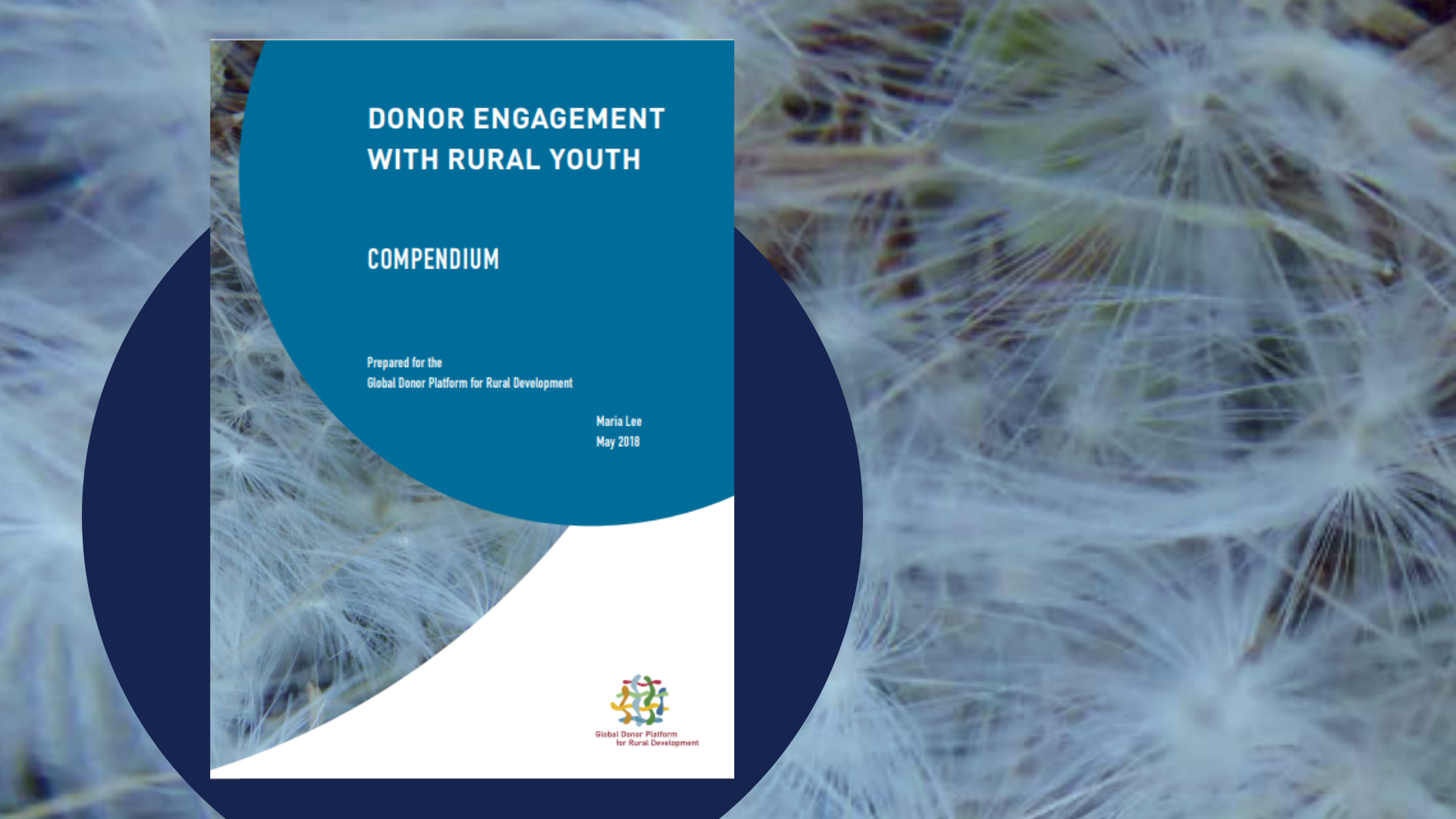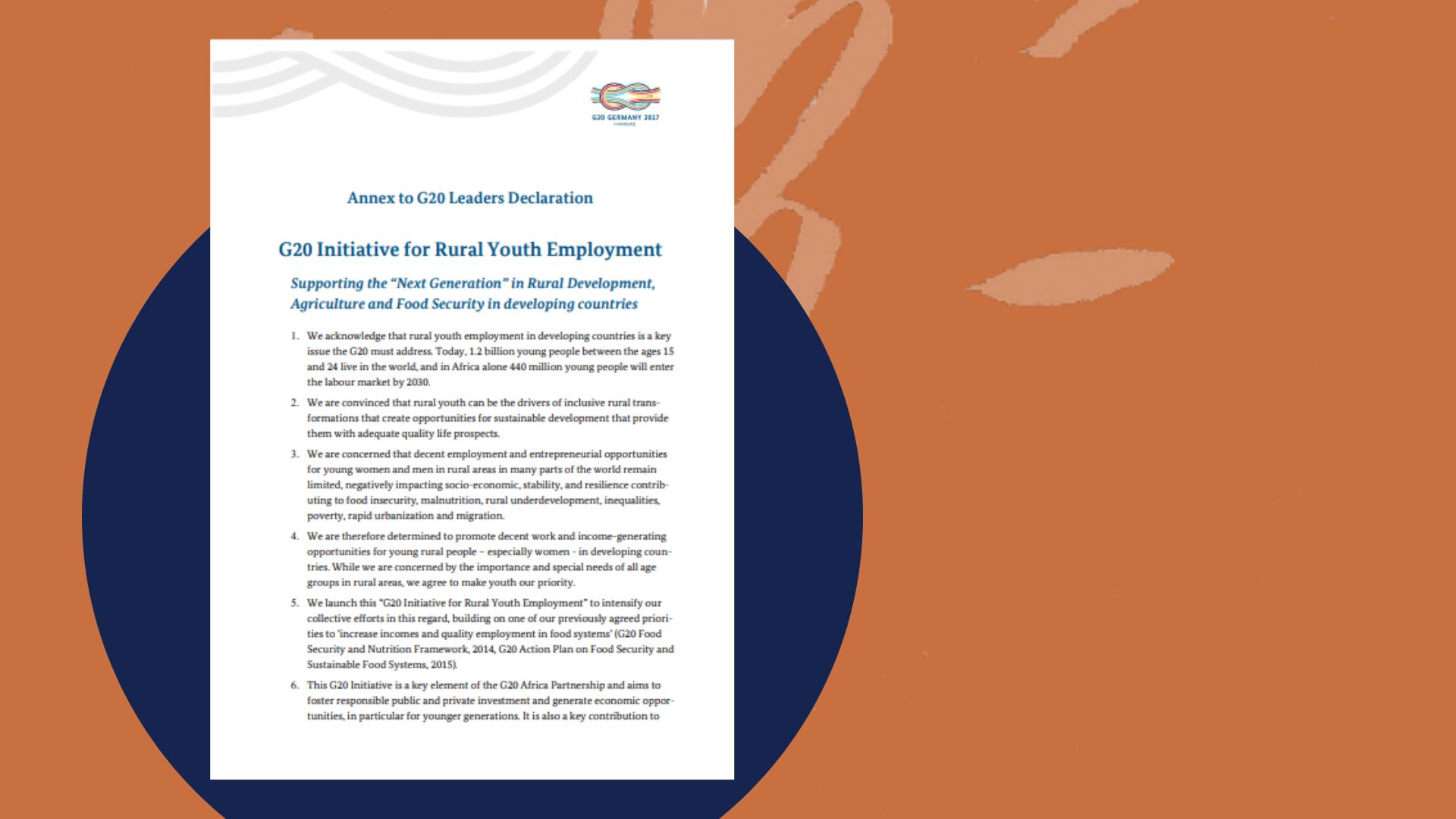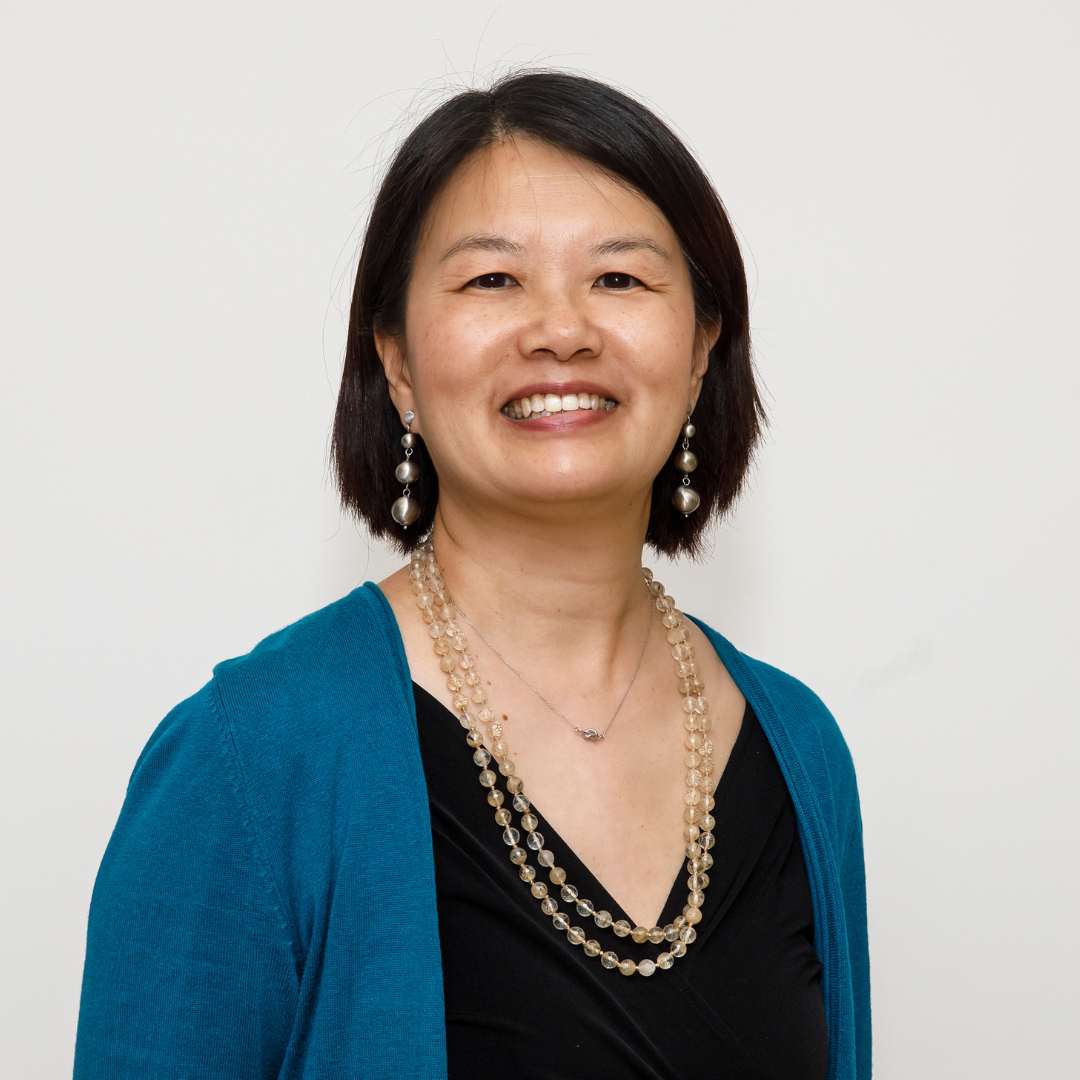This paper examines to what extent, and how, donor approaches in agriculture, rural development and food systems have changed over the past 20 years, what are the main emerging issues and what should be done to address these or other needs, and how these changes could continue to shape the activities of the Global Donor Platform for Rural Development (GDPRD).
This also served as the background paper to this year’s Annual General Assembly (AGA) which took place on 26-27 October 2023 and coincided with the Donor Platform’s 20th anniversary, a milestone reflected in the theme “20 Years of rural development and aid effectiveness: Where are we now and where are we going?”.
Download the report
Explore more

Achieving development through Official Development Assistance has become vastly more complex over the past two decades, as successive crises have reshaped geopolitical relations.
Momentum is growing for reform of multilateral institutions, including the World Bank and International Monetary Fund, and for debt relief for countries hardest-hit by climate change.
For donors, a new development agenda is emerging, headed by the need for urgent action to mitigate climate change and assist communities to adapt, and to address soil degradation and water scarcity, whilst protecting biodiversity. These actions help restore the resilience and sustainability of food systems. To be sure their actions contribute effectively, countries and donors must invest in Measuring, Reporting and Verification (MRV), and leverage new sources of finance.
Key messages from the report include:
Conflict and fragility have contributed to a surge in extreme hunger and malnutrition, and triggered forced displacement and migration that can destabilise neighbouring states. Short-term humanitarian emergency responses are vital, but ultimately insufficient. Donors must understand what causes fragility in particular localities, and develop long-term programmes that restore resilience
South-South and Triangular Cooperation (SSTC) initiatives are multiplying. Founded upon long-standing south-south collaborations in agricultural technology, notably involving Brazil, India and China, these are formally encouraged both by the UN and by the forthcoming enlargement of the BRICs grouping. To better evaluate the benefits of South-South and Triangular Cooperation, donors need more systematic measurement and evaluation of SSTC programmes
Financing must be increased. Though the picture is clouded by the surge in emergency food aid, the share of ODA invested in agriculture has declined sharply from 20.2 percent in 1983 to just 5.7 percent in 2018. Funding from other sources, including domestic governments, private firms and remittances has meantime expanded. Donors now face a two-fold challenge: to identify and coordinate different funding flows into a programme that can then, secondly, leverage national government funding to promote well-coordinated interventions across multiple sectors. This must be achieved amid a fast-evolving landscape awash with new initiatives, including climate finance, debt-for-nature swaps, and proposals for automatic repayment suspensions when disasters strike
Youth and gender matter. In 2021, over 42 percent of Sub-Saharan Africa’s population was below the age of 15, against just 18 percent in Europe, Central Asia and in North America. Yet some estimate the average age of African farmers at 60 years. Meantime, according to FAO: “Increasing women’s access to land, livestock, education, financial services, extension, technology, and rural employment could increase yields on their farms by 20–30 percent”. Strong evidence shows increased focus on gender equality and opportunities for youth improves nutrition outcomes. Now, working with governments and others, donors need to develop better, more granular data to ensure initiatives use inclusive strategies to bolster food production, diversity and resilience, enhance nutrition, and accelerate rural development.
Maximising aid effectiveness should be the priority of every donor. The so-called Busan Principles, agreed at a forum in Korea in 2011, remain key: Development priorities should be set by developing countries; programmes should focus on results and having a sustainable impact; and be implemented in partnerships, with full transparency and shared responsibility. Much remains to be done. In particular, donors may need to engage in more capacity building, at both national and sub-national level, and in particular continue to develop partnerships and transparency.
Looking ahead
The last chapter on “Responses and implications for the Platform” was drafted based on member feedback together with perspectives from the 2023 Annual General Assembly. As discussions at the AGA indicated, there is a need for trade-offs to be identified and assessed, and for the opportunity and place to do that. To accelerate progress towards the achieving the SDGs, the implementation of the Platform’s agreed 2021–2025 strategic plan has been a catalyst for members to, collectively and in a “safe space”, identify pathways for coordinated or individual action and, at the same time, ensure rapid sharing and communication of knowledge and experiences.
Publication date: December 2023









